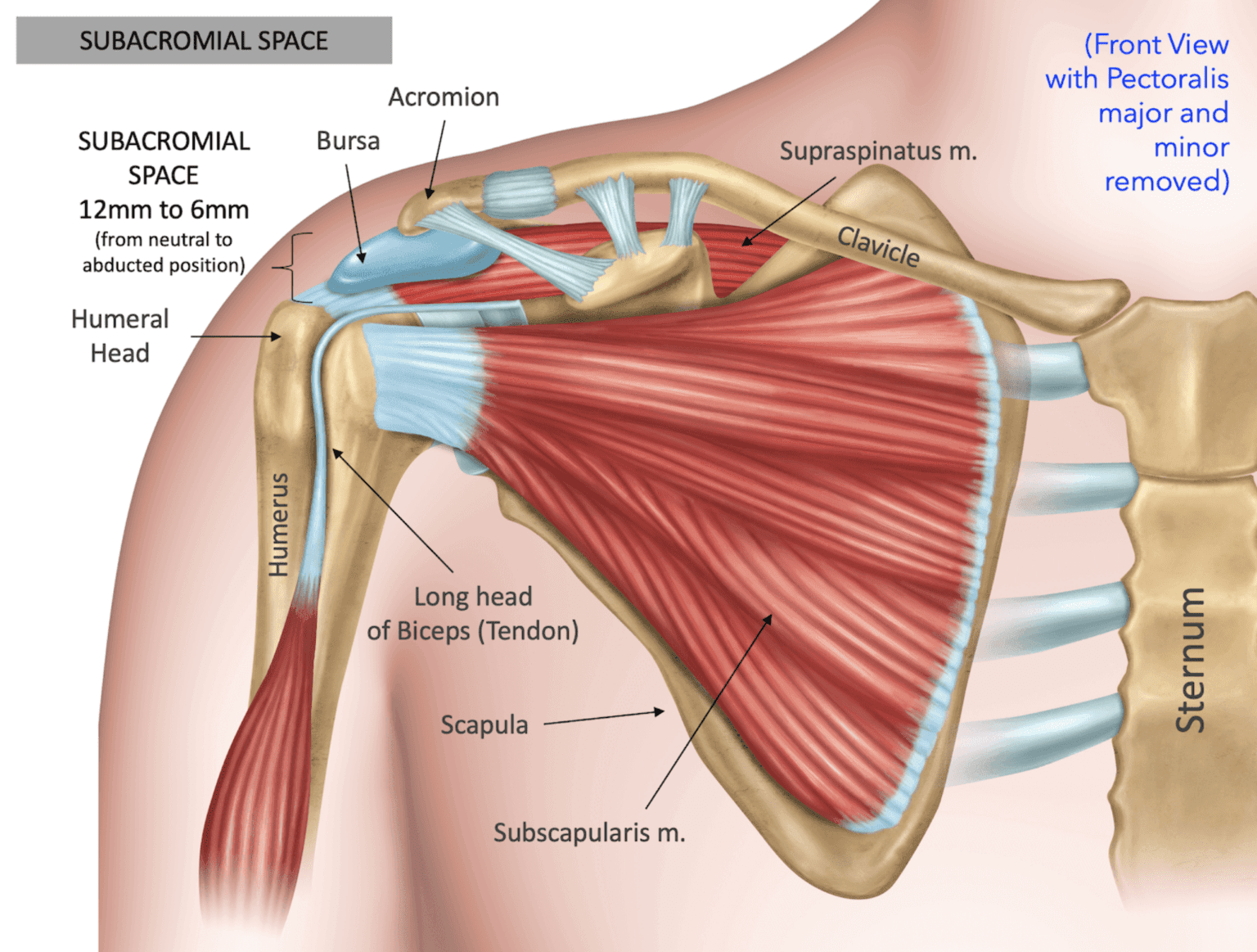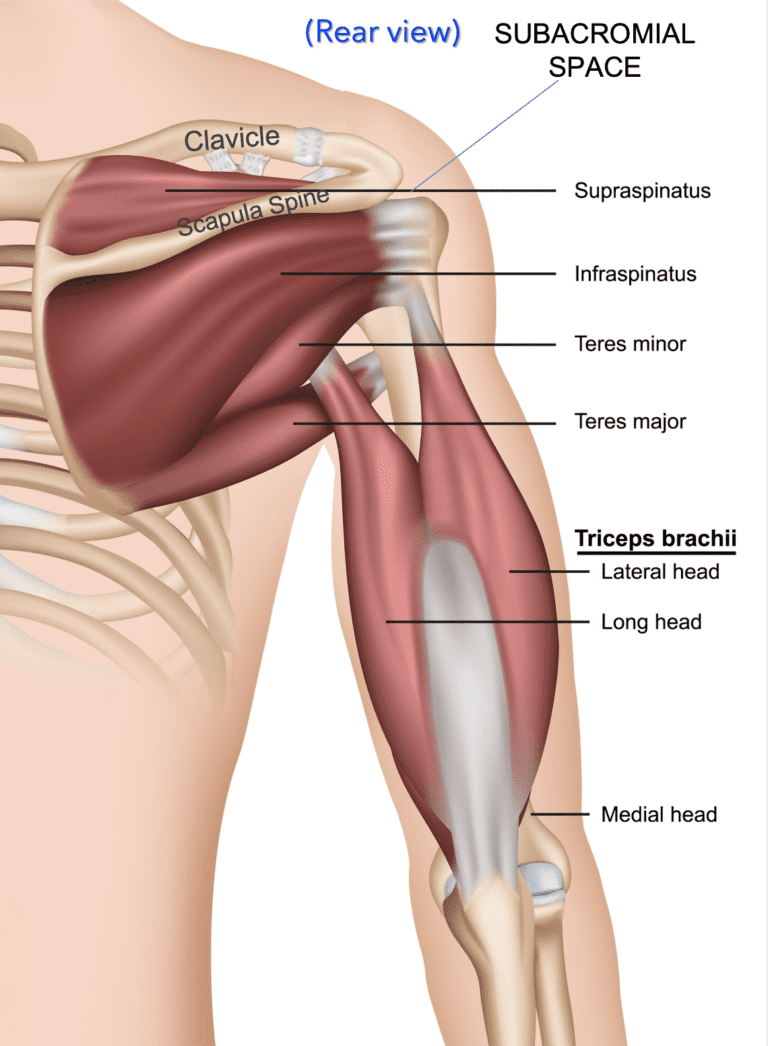Scapula
Position


The scapula or shoulder blade is the bone that connects the clavicle to the humerus. The scapula forms the posterior of the shoulder girdle. It is a sturdy, flat, triangular bone.
The scapula provides attachment to several groups of muscles.
The intrinsic muscles of the scapula include the rotator cuff muscles, teres major, subscapularis, teres minor, and infraspinatus. These muscles attach the scapular surface and assist with abduction and external and internal rotation of the glenohumeral joint (shoulder joint). The extrinsic muscles include the triceps, biceps, and deltoid.
The third group of muscles includes the levator scapulae, trapezius, rhomboids, and serratus anterior. These muscles are responsible for rotational movements and stabilization of the scapula.


Identify and help correct scapula elevation in the static position.
© 2023 GoXPro. All rights reserved